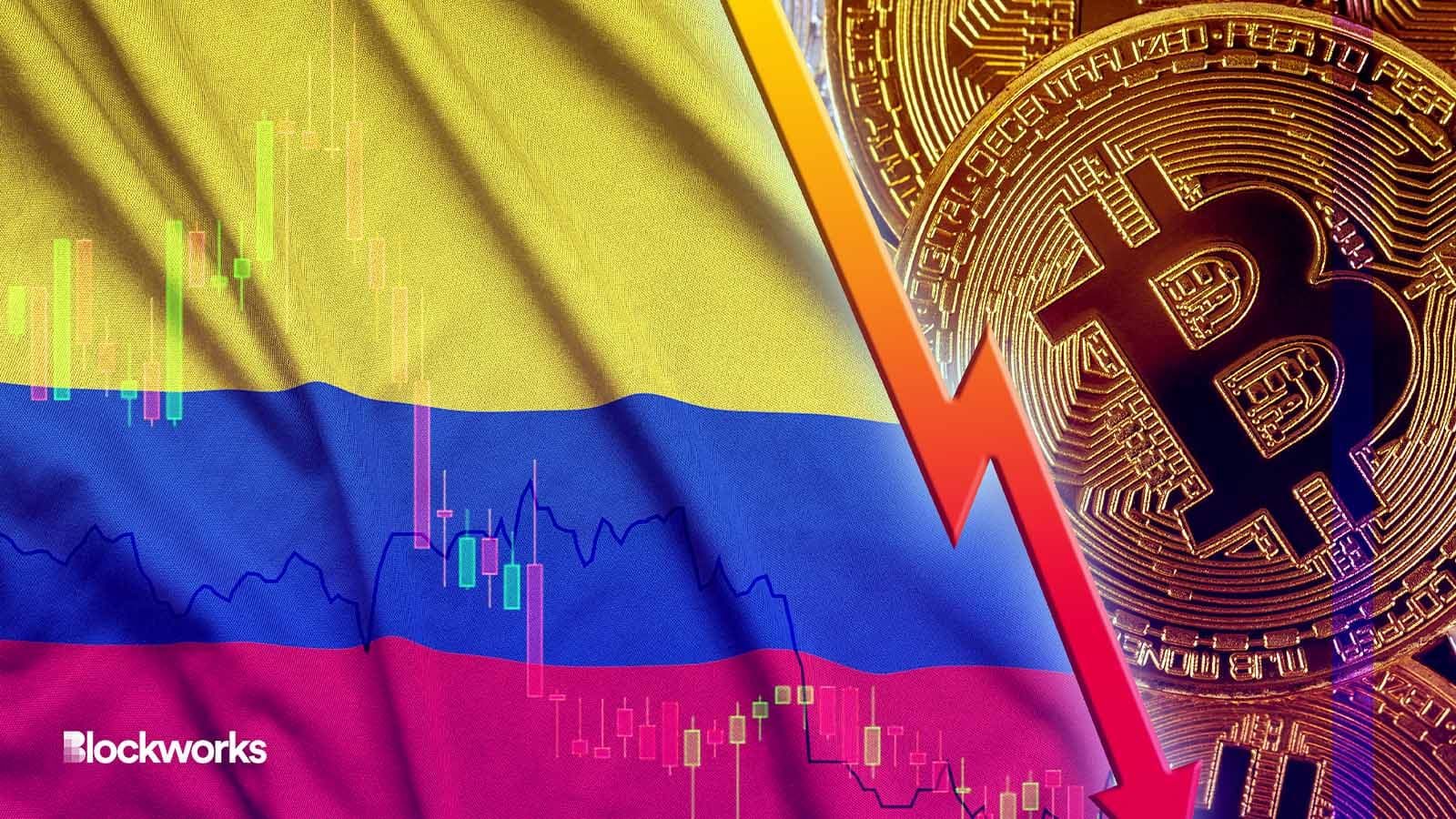Colombian economists advise central bank to focus on stablecoin regulation over CBDCs
CBDCs are not an immediate concern, the authors said, but the government should prioritize creating regulatory standards for stablecoins

Mehaniq/Shutterstock modified by Blockworks
Current and former officials at the Central Bank of Colombia don’t foresee a central bank digital currency (CBDC) as a particularly revolutionary force in the country’s economy
“The potential macroeconomic effects of introducing this form of digital money would be limited,” the three current and one former Central Bank economists said in a new report.
CBDCs are not an immediate concern, the authors said, but the government should, however, prioritize regulatory standards that protect the financial system from potential disruption by stablecoins and other cryptoassets.
“[Cryptoassets] tend to exhibit very high value volatility which makes it difficult for them to adequately fulfill the money function of store of value,” the report notes. “This in turn increases their demand for speculative purposes rather than as payment instruments.”
Colombia currently has a very high reliance on cash; close to 75% of retail transactions are settled in cash, the report notes. The authors note that should Colombia reach a point where cash transactions become rare, “central bank money could lose its role as a monetary anchor for deposits and other forms of private money.”
Read more: Bank of Canada finds ‘significant’ barriers to CBDC implementation
If cash use dwindles, a CBDC could help assert central bank money as the primary currency, the report adds, especially as cryptocurrencies and stablecoins gain popularity.
The authors noted that cryptocurrencies in general pose security risks and stablecoins in particular could lack adequate collateral and reserve assets. They argue that if stablecoins become primary payment instruments, these risks intensify, authors said, as governments will have a harder time detecting and blocking illegal activities and maintaining monetary sovereignty.
“Like other cryptoassets, stablecoins allow for a high level of anonymity in transactions. While this may be a useful feature to protect users’ privacy, in the absence of supervision and regulation this feature also facilitates tax evasion and increases the difficulty of preventing money laundering and fighting the financing of terrorism and other illicit activities.”
The report’s authors advise the central bank to continue to monitor stablecoins and their inherent risks, as they could potentially justify issuing a CBDC down the line.
Get the news in your inbox. Explore Blockworks newsletters:
- The Breakdown: Decoding crypto and the markets. Daily.
- 0xResearch: Alpha in your inbox. Think like an analyst.
- Empire: Crypto news and analysis to start your day.
- Forward Guidance: The intersection of crypto, macro and policy.
- The Drop: Apps, games, memes and more.
- Lightspeed: All things Solana.
- Supply Shock: Bitcoin, bitcoin, bitcoin.






